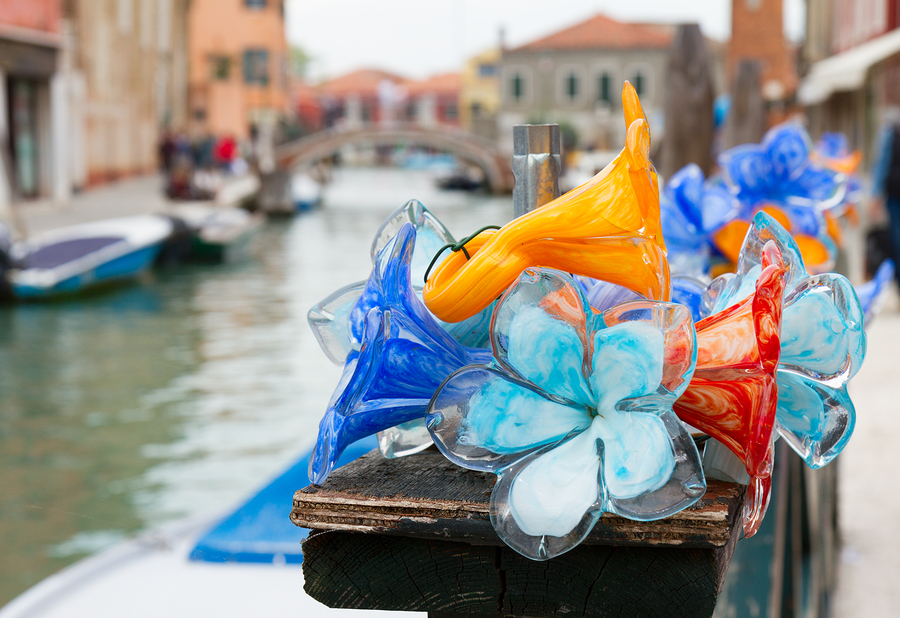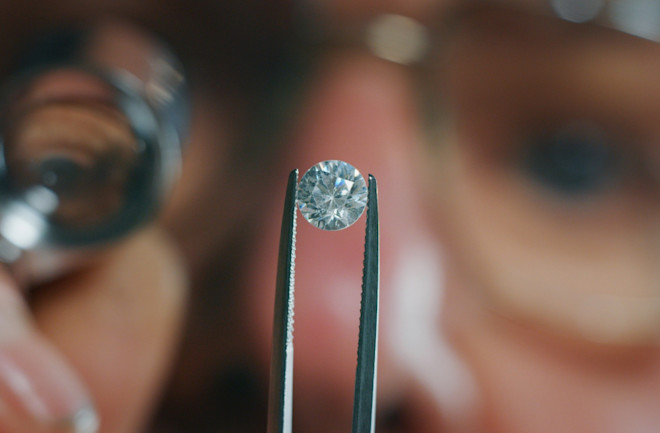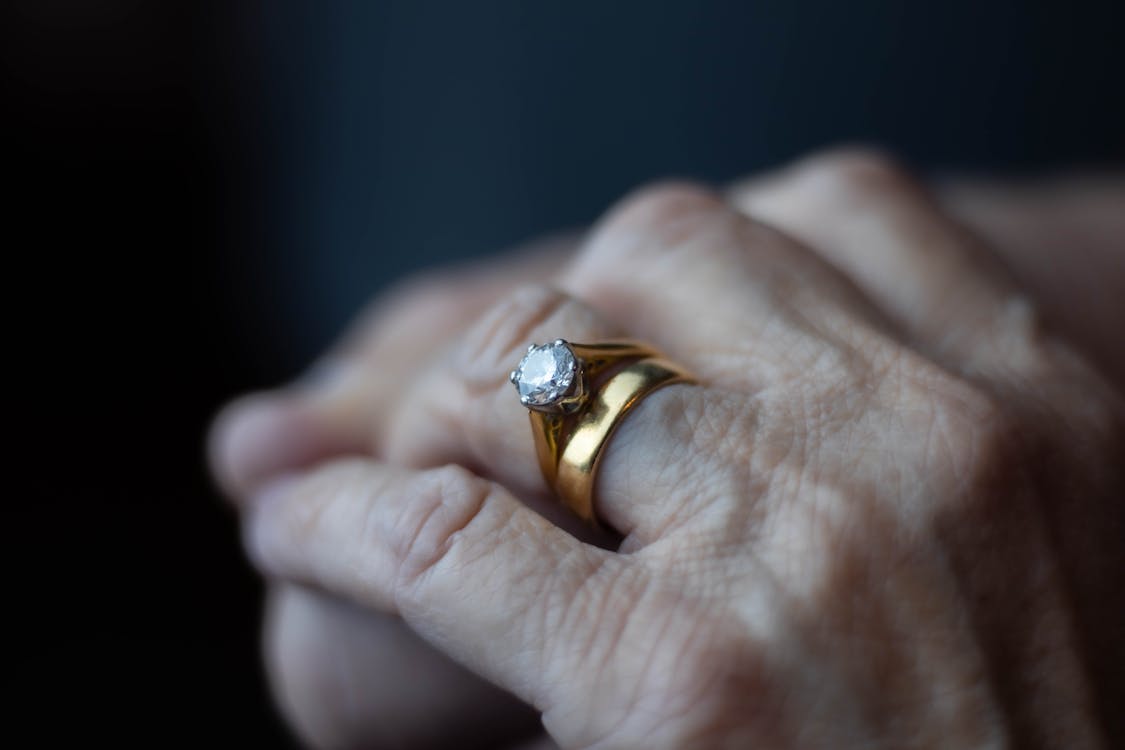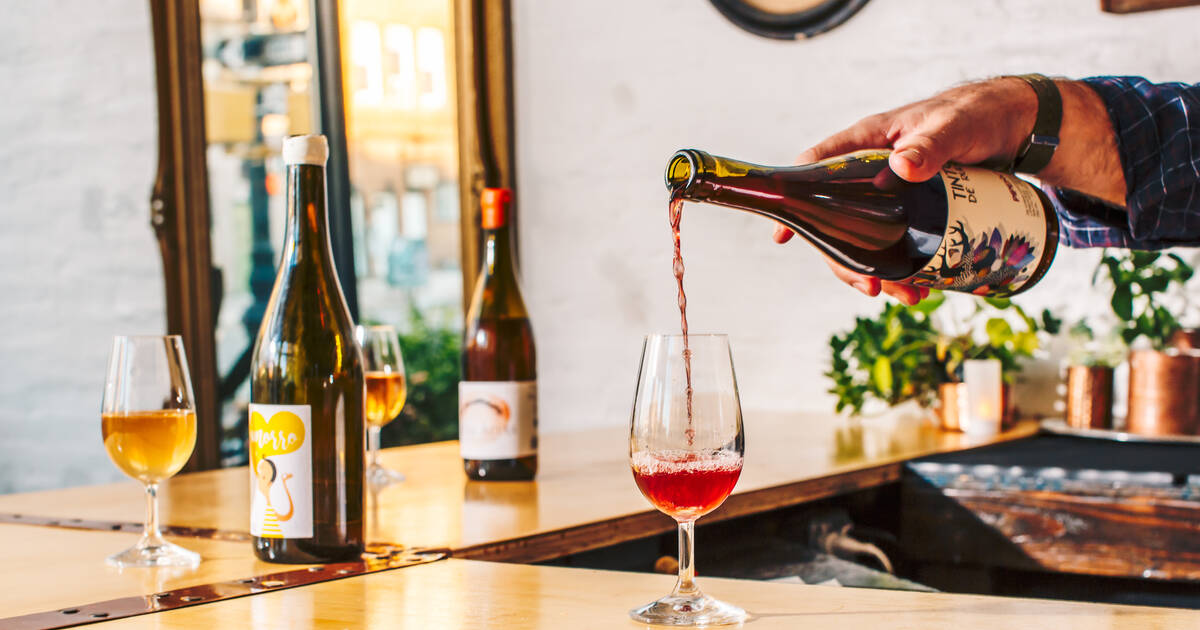Italian Murano glass jewellery is one of the most sought-after luxury items in the world. Are you wondering where is Murano glass made? With its unique beauty and intricate designs, it’s no surprise that Murano glass has been crafted for centuries by skilled artisans in the small island of Murano, Italy. This blog post will delve into the fascinating process of how Italian Murano glass is made, from the gathering of the raw materials to the blowing of the glass into intricate shapes.
The History of Murano Glass
Murano glass is one of the most iconic and recognizable forms of glass in the world. Its origins go back to the 13th century, when Venetian glassmakers first began producing the exquisite art form in the small island of Murano, off the coast of Italy. The glassmakers of Murano perfected the art of glassblowing, creating intricate works of art with a unique beauty. This art form was so admired that it even caught the attention of foreign rulers, who sent artisans to learn the secrets of Murano glass.
For centuries, Murano has been renowned for its exceptional glassmaking, and it continues to be prized today. The tradition and techniques used to create Murano glass are carefully guarded secrets, passed down through generations of glassmakers, each striving to perfect their craft. While other forms of glassmaking have come and gone, Murano glass remains the gold standard of craftsmanship. Its timeless beauty and elegance make it a favourite among collectors and those looking for a unique work of art.
The Materials Used to Make Murano Glass
Murano glass is a unique type of glass that has been crafted in Venice, Italy for centuries. This type of glass is world renowned for its exquisite beauty and craftsmanship. It is made using a special mix of materials that give it its distinct characteristics. The main ingredients used to make Murano glass are silica sand, potash, and soda ash.
Silica sand is the base material used to create the glass. It is also known as quartz and is composed of silicon dioxide. This sand must be carefully selected for its composition and size before it is used in the creation process.
The potash used to create Murano glass is made from plant ashes. The plant ashes are heated to very high temperatures which releases potassium carbonate. The potassium carbonate combines with the silica sand to form a paste-like substance that can then be melted down.
The soda ash is another essential ingredient in the creation of Murano glass. This substance is also made from plant ashes but at lower temperatures. The soda ash helps create a glossy finish on the glass and helps to stabilize the molten material while it is cooling.
Finally, various metal oxides are added to the molten material to create the distinctive colours associated with Murano glass. The most common metals used include copper, cobalt, chromium, iron, and manganese. These oxides create a wide range of colours that can be used to create beautiful pieces of art glass.
The combination of these four materials creates the unique material that makes up Murano glass. Each step in the process must be completed with precision and skill to ensure the product is of the highest quality. With the right materials, an artisan can craft a beautiful piece of glass that will last for generations.

The Process of Making Murano Glass
The art of making Murano glass dates to the thirteenth century and has evolved over time. Today, the traditional methods of glass blowing remain the same. The process begins with the gathering of raw materials such as silica sand, soda ash, lime and colorants. These are combined in a furnace and heated to temperatures of up to 1,700 degrees Celsius to create molten glass, which is then shaped into desired forms with the help of tools and techniques.
The first step is to gather molten glass on the end of a metal rod, known as a ‘punty’. This is then rolled onto a large steel or marble table to shape the object and provide a base for the glassworker to start working on. The glassworker can then use a variety of tools to shape the glass, including a blowpipe, tongs, and scissors. By blowing through the blowpipe, they can inflate the piece of glass, while using scissors they can cut and trim the surface.
The glassworker can also add decorative elements such as colorants and various other materials, which are either encased in the molten glass or applied in layers over it. After the final shaping and decoration have been completed, the pieces are transferred to a cooling chamber where they slowly cool down over several hours. Once cooled, they are checked for any imperfections before being sent off for display or sale.
The Types of Murano Glass
Murano glass is renowned for its beauty and craftsmanship, and there are several types of Murano glass that have been crafted throughout the centuries. The most popular types of Murano glass include millefiori, lattimo, barovier, avventurina, and filigree.
Millefiori is perhaps the most recognizable type of Murano glass. This type of glass is made with a complex technique known as ‘mosaic glass’, which involves layering different colors of molten glass together to form intricate patterns.
Lattimo is another popular type of Murano glass, characterized by its white hue and a satin-like texture. It is created with a special white clay called alabastro, which is mixed with molten glass to produce its signature matte finish.
Barovier is a type of Murano glass that features vivid designs and intricate patterns. It is produced using a technique called ‘battuto’, which involves engraving and etching the surface of the glass with a diamond tool.
Avventurina is another type of Murano glass that features a distinctive sparkly finish, achieved by adding copper filings to the molten glass before it is shaped into the desired form.
Filigree is the final type of Murano glass, which is characterized by its delicate and intricate patterns. It is crafted by weaving thin threads of glass together to create a web-like pattern.













